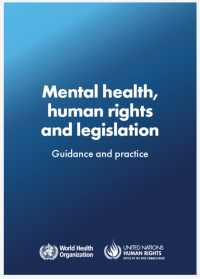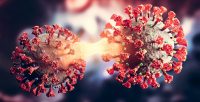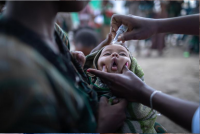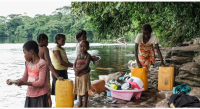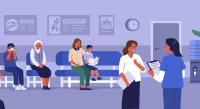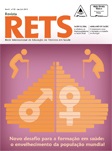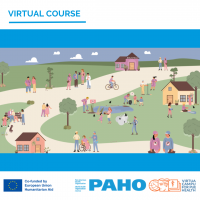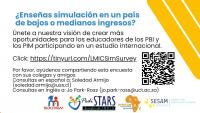To strengthen the strategic planning and response of Risk Communication and Community Engagement (RCCE) for dengue fever health emergencies among communication, health promotion, social and community mobilization teams, as well as other technical areas within health authorities and sector entities involved in dengue response. Learn more!
-
10/16/2023 - Human rights abuses and coercive practices in mental health care, supported by existing legislation and policies, are still far too common. Involuntary hospitalization and treatment, unsanitary living conditions and physical, psychological, and emotional abuse characterize many mental health services across the world.The World Health Organization (WHO) and the Office of the High Commissioner on Human Rights (OHCHR) are jointly launching new guidance, entitled “Mental health, human rights and legislation: guidance and practice”, to support countries to reform legislation in order to end human rights abuses and increase access to quality mental health care.
-
10/02/2023 - The 60th Directing Council of the Pan American Health Organization was convened in the United States capital from 25-28 September. During the meeting, ministers and high-level health authorities from the Americas, adopted 12 resolutions to strengthen health policies in the Americas and recover gains lost during the COVID-19 pandemic.
-
09/28/2023 - Speaking at UNGA, PAHO Director highlights need for new models of health financing, decentralized services, expanded health workforce, and strengthened digital and medical technology The activity, organized by CHile, aimed to reflect and share experiences on opportunities to transform and strengthen health systems with a renewed focus on primary health care. Thus, the conversation focused on ways and means to implement investment strategies and to accelerate the process to health systems based on primary health care.
-
09/18/2023 - Children and young people with developmental disabilities are a large and growing population that suffers stigmatization and exclusion around the world, says a new study by two specialized UN agencies, which advocates the inclusion of this group in public health plans, calls for greater accountability and proposes actions to achieve equality for these people.
-
08/29/2023 - The Pan American Health Organization (PAHO/WHO) has released a technical note with an update on the newly identified Omicron sublineages. To date, there is no evidence of significant changes to the public health impact of EG.5 and BA.2.86.
-
08/21/2023 - The new GIDH initiative (pronounced “guide” for short) will operate as a WHO-managed network and platform to support the implementation of the Global Strategy on Digital Health 2020–2025. WHO serves as the Secretariat for the strategy implementation to converge and convene global standards, best practices and resources to fast track digital health system transformation.
-
08/03/2023 - The World Health Organization (WHO) is releasing new scientific and normative guidance on HIV at the 12th International IAS (the International AIDS Society) Conference on HIV Science, held in Brisbane from 23 to 26 July 2023. This biennial conference presents the critical advances in basic, clinical and operational HIV research that move science into policy and practice.
-
07/18/2023 - New WHO and UNICEF data show promising signs of immunization services rebounding in some countries, but, particularly in low-income countries, coverage still falls short of pre-pandemic levels putting children at grave risk from disease outbreaks. According to data published today by the World Health Organization (WHO) and UNICEF, in 2022, 20.5 million children missed out on one or more vaccines delivered through routine immunization services, compared to 24.4 million children in 2021. In spite of this improvement, the number remains higher than the 18.4 million children who missed out in 2019 before pandemic-related disruptions, underscoring the need for ongoing catch-up, recovery and system strengthening efforts.
-
07/07/2023 - Women and girls responsible for fetching water in 7 out of 10 households without supplies on premises, according to first in-depth analysis of gender inequalities in drinking water, sanitation, and hygiene (WASH) in households. The publication "Progress on household drinking water, sanitation and hygiene (WASH) 2000-2022: Special focus on gender" provides the first in-depth analysis of gender inequalities in WASH – also notes that women and girls are more likely to feel unsafe using a toilet outside of the home and disproportionately feel the impact of lack of hygiene.
-
06/27/2023 - In a landmark development aimed at investing in and strengthening essential, climate and crisis-resilient primary health care (PHC) services in low- and low-and-middle income countries (LICs and LMICs), three multilateral development banks have joined with WHO to launch the new Health Impact Investment Platform.


